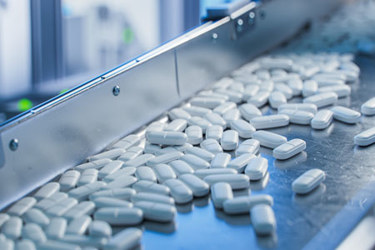Tablet Manufacturing Technologies For Solid Drug Formulation

Compressed tablets are a prevalent form of oral solid dosage, primarily composed of the active pharmaceutical ingredient (API) and a variety of excipients. These excipients serve multiple roles, including fillers to add bulk, binders to ensure tablet cohesion, disintegrants to facilitate tablet breakdown, lubricants to prevent sticking during manufacturing, glidants to improve powder flow, colorants for visual appeal, and taste modifiers to enhance palatability. Often, these tablets undergo a coating process, which introduces additional excipients such as coating polymers for film formation, plasticizers to provide flexibility, and pigments for coloration. This coating not only improves the tablet's appearance but can also modify its release profile and protect the API from environmental factors.
Formulating compressed tablets, despite their widespread use, presents several challenges. Discover how the initial step is crucial in selecting an appropriate manufacturing method and identifying the optimal excipients from a broad spectrum of choices to achieve the desired therapeutic effect, ensure the stability of the formulation, and enhance the solubility of the API.
Get unlimited access to:
Enter your credentials below to log in. Not yet a member of Outsourced Pharma? Subscribe today.
